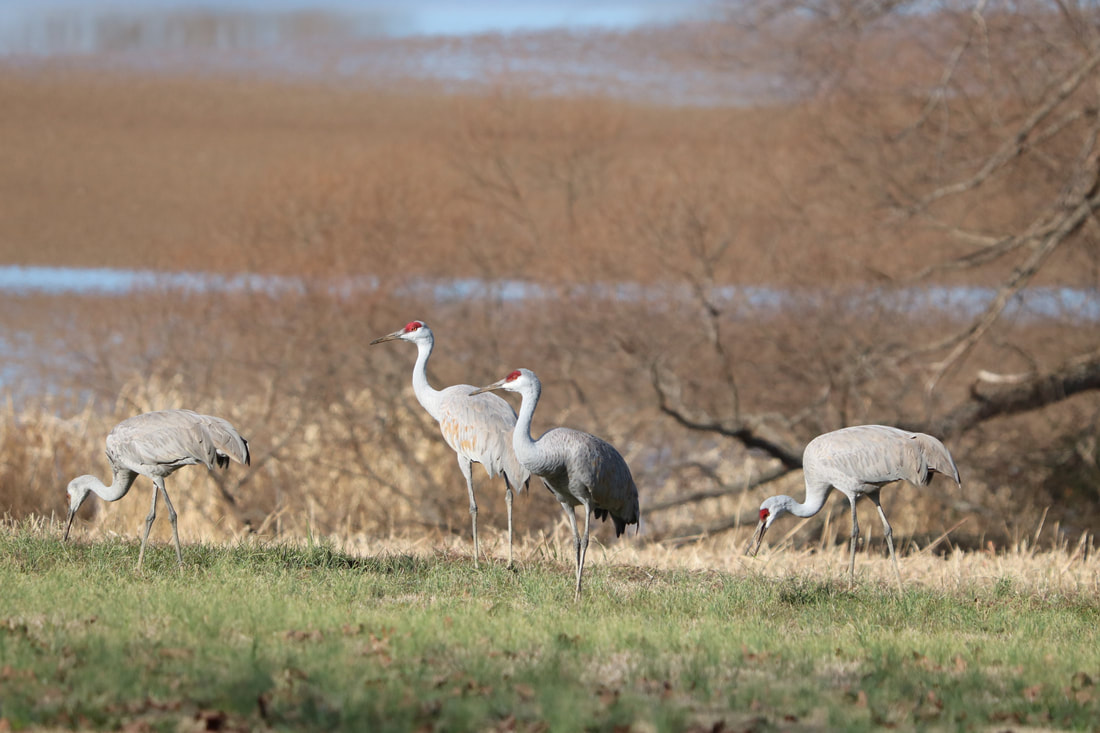
Walking the Labyrinth
The path of the soul is not linear.
It spirals like the turns of this maze,
outlined with bricks on sides.
Like time, it circles back
passes by starting points.
I turn left one hundred eighty degrees,
not exactly the way I came, this path
to the center, where there is no Minotaur.
My dragons are all in my heart,
slain or otherwise.
The first wall outlines a square
which no paths cross.
Is this square sacred ground,
reserved for shaman, priestess,
and holy man?
If I stepped inside, where
no tracks appear, would I
transport to another place or time,
reappear burned to ash
by sacred geometry?
A friend asked a transit driver
in Nashville's less sacred geometry,
Is this my stop? Her simple reply:
"Either sit back down or get off the bus."
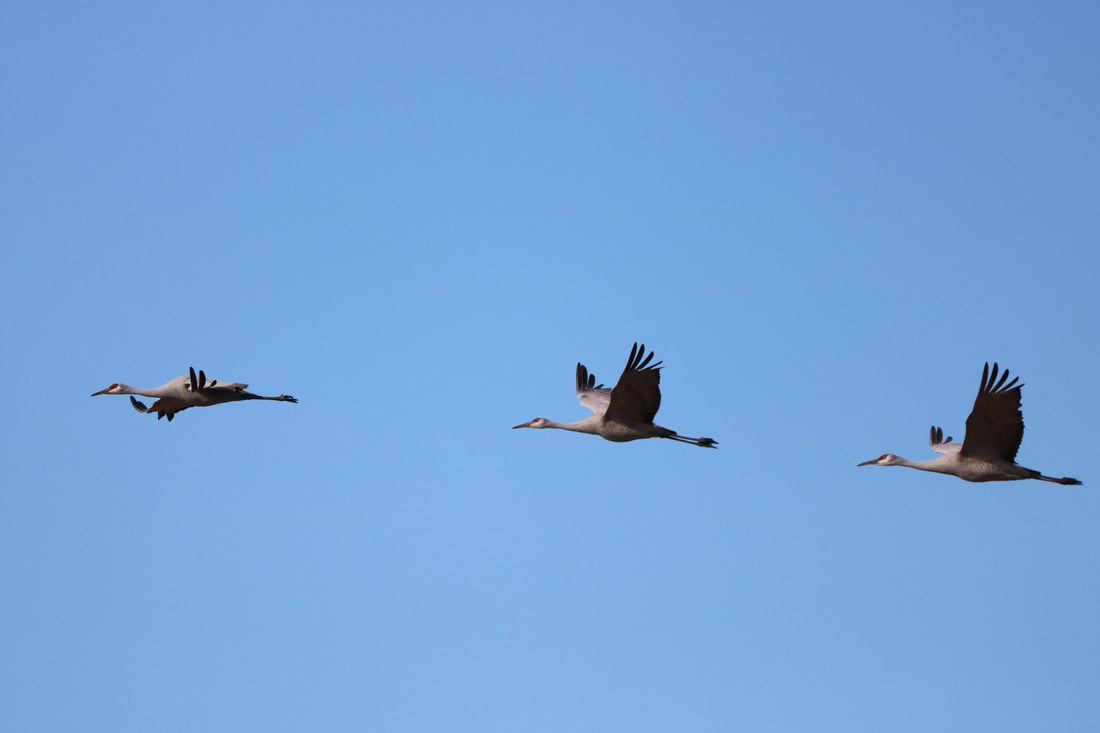
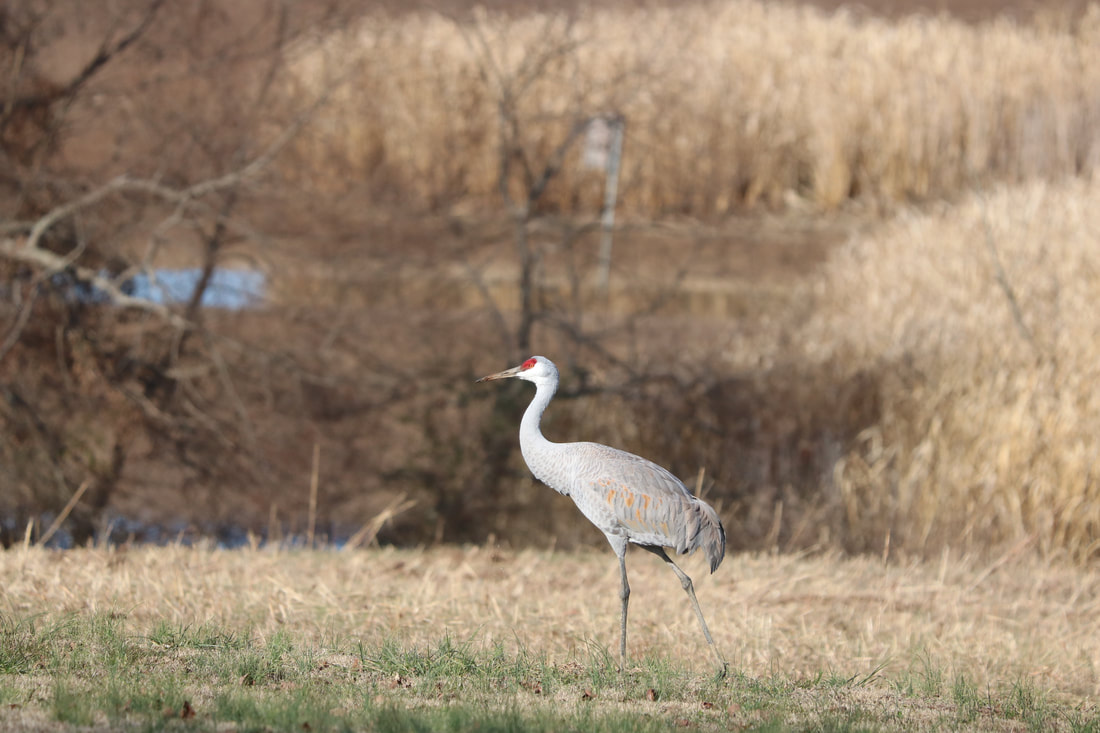
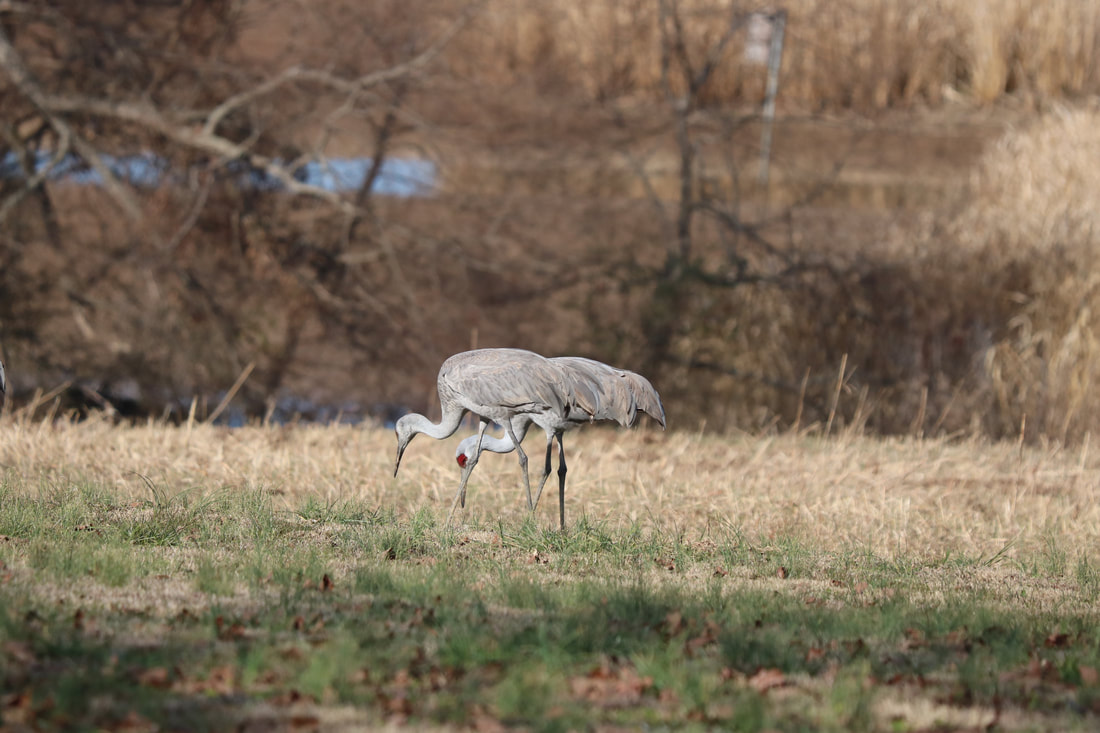
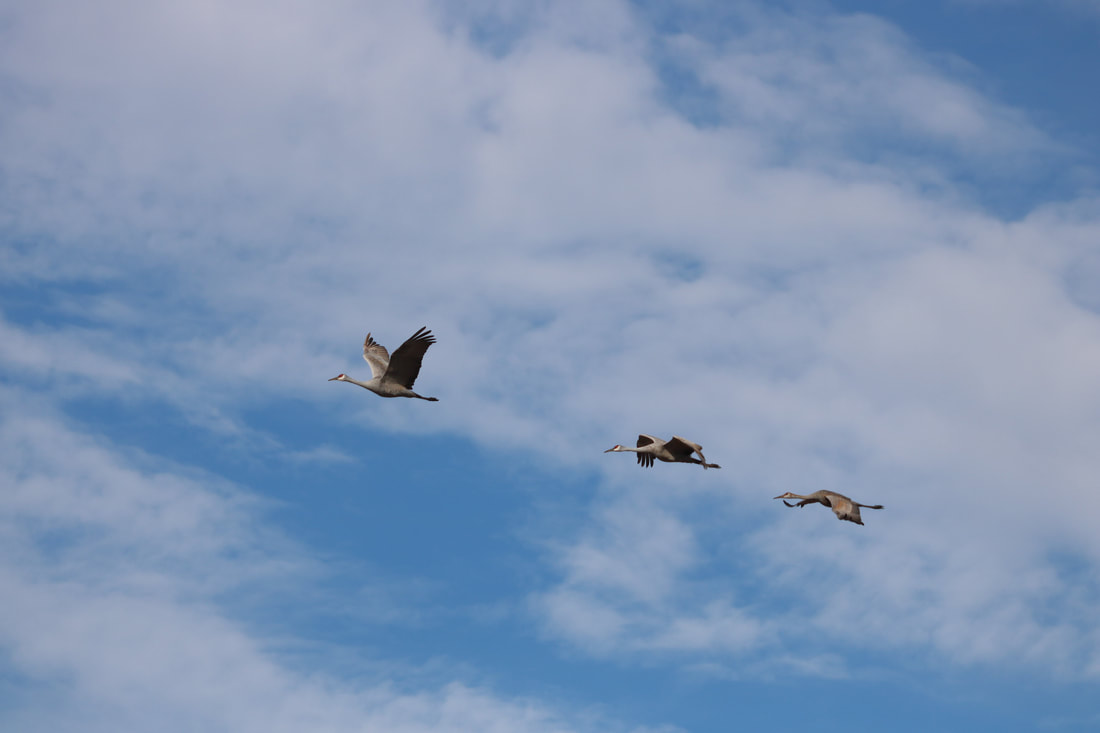

 RSS Feed
RSS Feed